I’m not the creator of the survey, but I’ve just send them the link to this discussion on Mastodon, so they can take the feedback into account.
- 95 Posts
- 631 Comments
There’s an issue with posts about which games work and which don’t.
Thanks for the correction. It’s a shame that sysadmins balcklist middle nodes too, since they won’t see any TOR traffic originating from your IP address anyway.
Make sure to not refresh the page, else it seems like all progress is lost.
I found out simultaneously that I enabled pull down to refresh the page in Firefox Android.Edit: The survey wasn’t created by me, I just shared it.

 10·1 day ago
10·1 day agofclones is fast and supports hardlinking/softlinking of duplicates instead of removing them.
I’ve used it successfully to deduplicate my documents folder (and “archive”).
As its quite the amount of data, I recommend using the
--cacheoption to make subsequent runs way faster, if you want to dial in the options. This directory can be deleted at any point and isn’t necessary.
There’s different types of relay, including exit relays, which are the legally problematic type. Middle, guard, and bridge relays don’t face the same issues with law enforcement and IP blocking.

 11·3 days ago
11·3 days agoAgreed. It seems like Nvidia is under pressure by their commercial customers for better, directly integrated open source drivers.
There is alot of demand for this kind of simplified virtualization infrastructure in the host side.

 23·3 days ago
23·3 days agoIt’d be great of this meant SR-IOV for all GPUs, but this seems like it only allows for sharing of a GPU to multiple guests. And even then, with most of the driver being on the GPU this might not help regular consumer GPUs at all (features being disabled in firmware). But I really don’t know anything about what this actually means.

 6·3 days ago
6·3 days agoI disagree with the notion that it’s better for the cheaters to have an easier time (and less chance of being detected), but you’re right, BattleEye doesn’t solve the cheating problem for GTA.
Rockstar should fix their netcode and run game server on dedicated server, instead of their customers PC’s. I’d think decting aimbot isn’t the biggest issue, while cheaters are able to break entire lobbies…
IMO no game should require client side anti cheat except for shooters, where looking through walls and aimbot is actually difficult to detect server side. At least for those is it possible to find valid arguments (except for being lazy).

 5·3 days ago
5·3 days agotl;dr
Read the first sentence after each citation ;D
So Wayland, a protocol, is needing the addition of other protocols?
Yes. What we know as Wayland is the Wayland core protocol and a few other protocols that are absolutely necessary for desktop use (stable).
Then there is staging, which is not necessarily implemented by all compositors, e.g. fractional scaling.
Unstable also exists, which is even easier to get a protocol into (idk the exact requirements, likely the amount of support and explicit dislike by contributors).
These are often only used by a subset of compositors with e.g. XDG decoration allowing compositors to announce to clients (windows) that they support server side decorations (top bar with close/minimize/maximize buttons). This isn’t implemented by Gnome, but most other desktops support it.Different desktops also have their own protocols, which are published so that apps targeting those desktops can implement them. Some are also supported by other desktops, if they think they are suitable for them.
E.g. wlr layer shell makes status bars possible, which are used by basic compositors like Sway or Wayfire. KDE also supports it, even though it was originally created by wlroots.Does this make it a Wayland Distro?
In a way you could say that a compositor is a Wayland distro, as it implements a subset of Wayland protocols.
In the end this is good, because it allows for rapid development and discontinuation of protocols. E.g. if a better protocol comes around, both protocols can be supported at the discretion of every compositor.
The goal was to solve the problem of X11, where Xorg still has to support drawing UI by itself, even though no program or toolkit uses it anymore (the 80s were very different). The Wayland core is so minimal there shouldn’t be any issue with using it for a very long time.
Also, Wayland was developed by people with the goal to use it in automotive and other industry applications, where basic desktop functionalities, like multiple windows or session lock, aren’t useful.

 10·3 days ago
10·3 days agoCheat makers are likely behind this, asthey have monetary incentives to do so. If its Linux users I’d feel bad because stopping others from playing just because they can’t, is extremely bad behaviour.
Blender and DaVinci Resolve work better on Nvidia. AMD might work, but it will be a hassle and you’ll likely need the proprietary AMD drivers anyway.
With Nvidia supporting Wayland and the open-source NVK continuing to get better, you could even switch to open source drivers for gaming at some point, if you prefer.
Edit: I’ve had enough issues with AMD GPU’s clocking down while gaming, leading to micro stuttering. So don’t buy AMD just because everyone tells you they work flawlessly.
For CPU and mainboard, everything works well — just don’t buy a random unknown SSD from Amazon, that just asks for data loss and random issues.

 1·3 days ago
1·3 days agoThat’s only true for new phones. Once they get older, the difference in performance is noticeable.
Replacing the battery after a few years is possible, upgrading the SoC is not.

 2·3 days ago
2·3 days agoAgreed. That’s even better.

 3·4 days ago
3·4 days agoA default group name, which can be changed individually would be great.

 5·5 days ago
5·5 days agoYes, but that argument can be made against TOTP too.
SMS 2FA is less secure than TOTP, but still better than no second factor, since most criminals with access to a password database aren’t able to take over your phone number (on a large scale).
With most services allowing some kind of password reset over SMS, I also prefer no 2FA over SMS 2FA. I already lost an account because I changed my number.

 1·5 days ago
1·5 days agoYes, there’s many ways to make programs unable to use other network interfaces. E.g. I’m creating a network namespace with a single wg0 interface, which I make services use through systemd NetworkNamespacePath.
That said, I’d argue gluetun is pretty much foolproof, especially with most people using docker which messes with iptables (edit: although I don’t know if this’d be an issue for this use case).

 29·6 days ago
29·6 days agoIt’s more so that you are allowed to try to block ads. If YouTube adds DRM or otherwise manages to stop usage of ad blocking, they are completely in their right to do so.
IIRC if something runs on your system, you have the right to mess with it, however you want — e.g. block specific parts of the site, or use reader mode etc.

 3·8 days ago
3·8 days agoThey already have your birthday (and maiden name) through your friends’ contacts.
Being able to add birtdays manually is definitely useful, altough I believe it’s better and more organized to add them through contacts. (Not that I actually use Google contacts/calendar.)

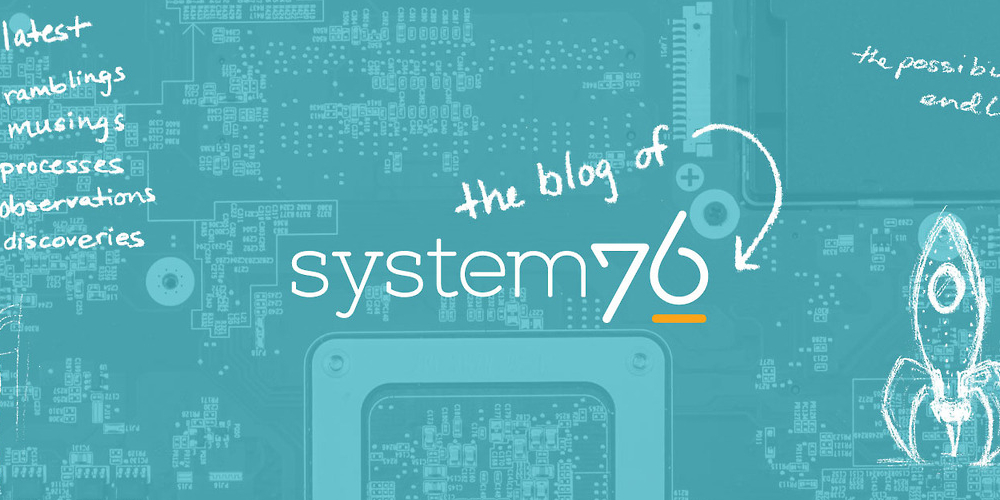





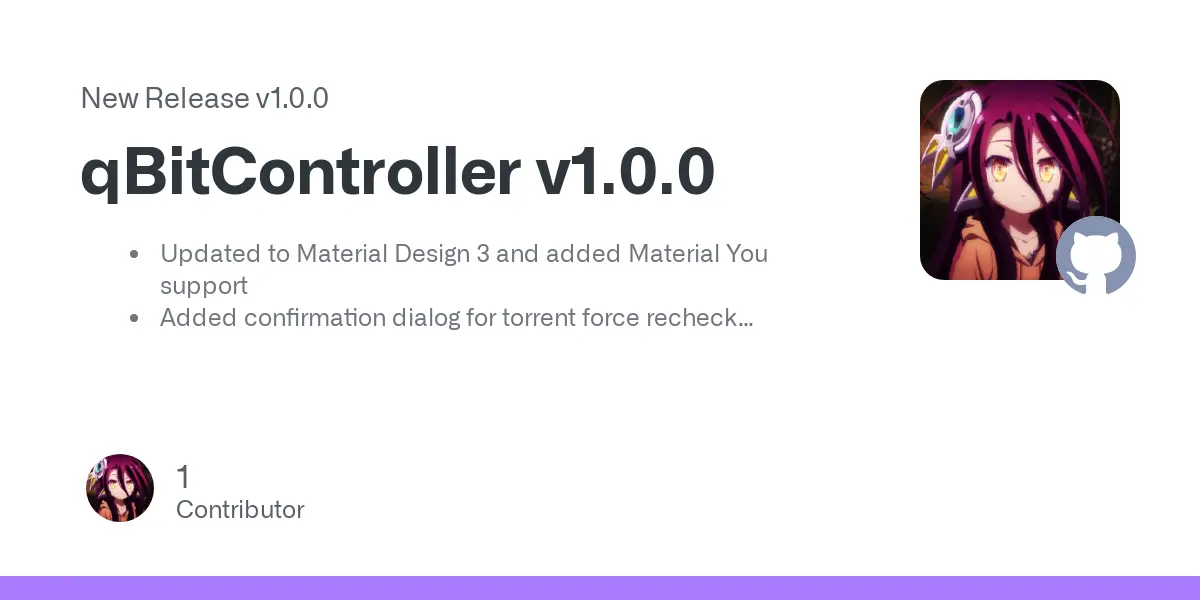


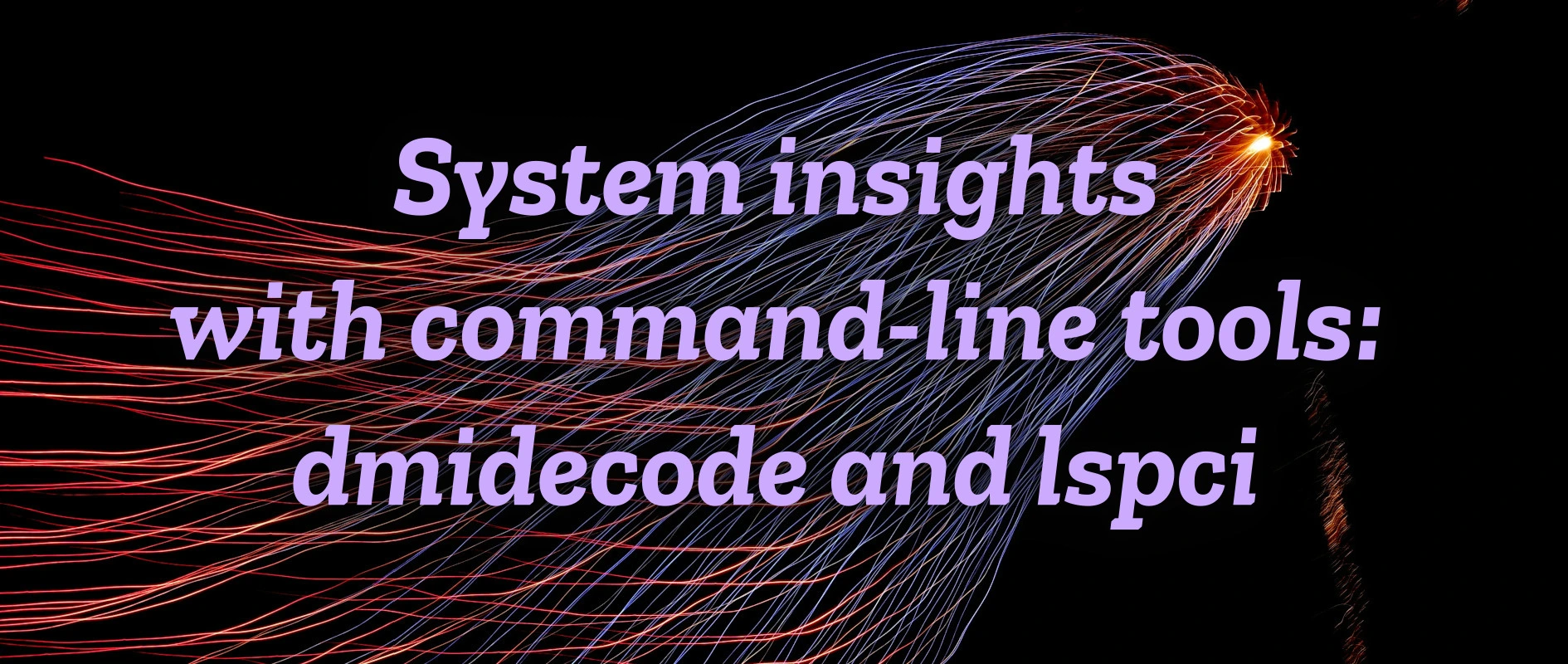

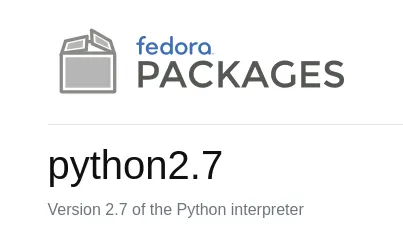
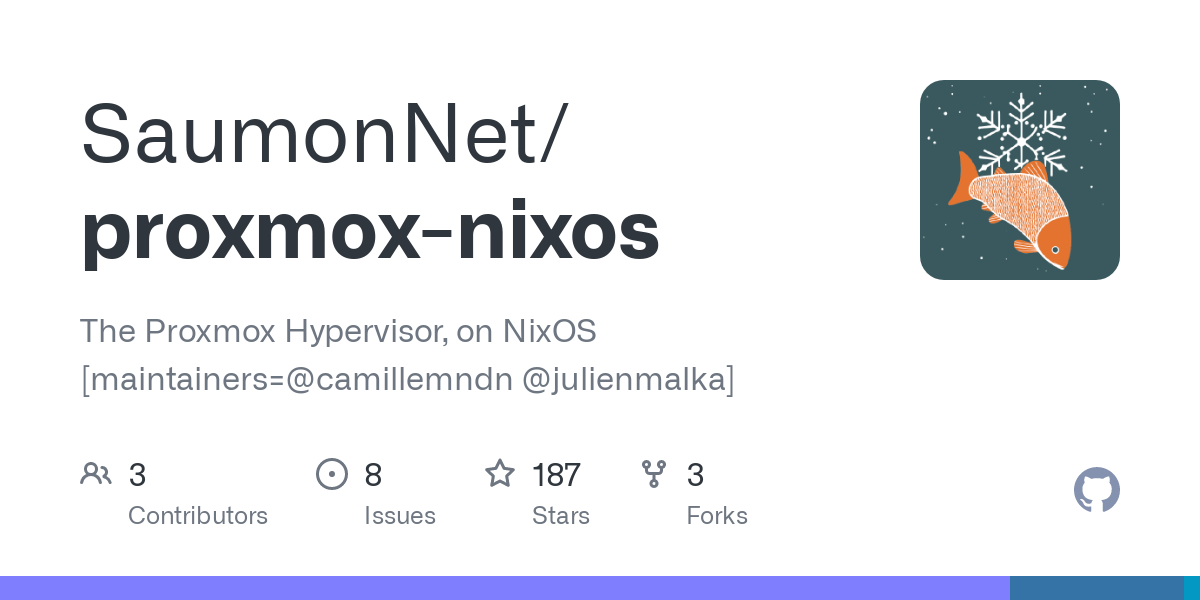
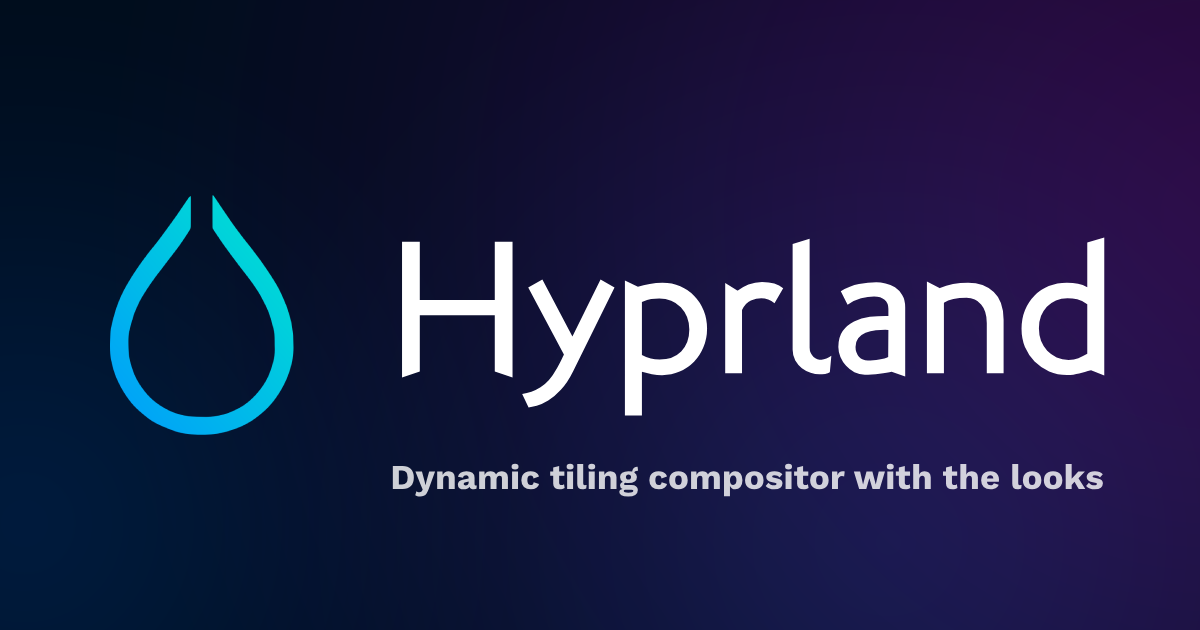
Blocking incoming traffic and accepting outgoing traffic is usually the default for distributions anyway.